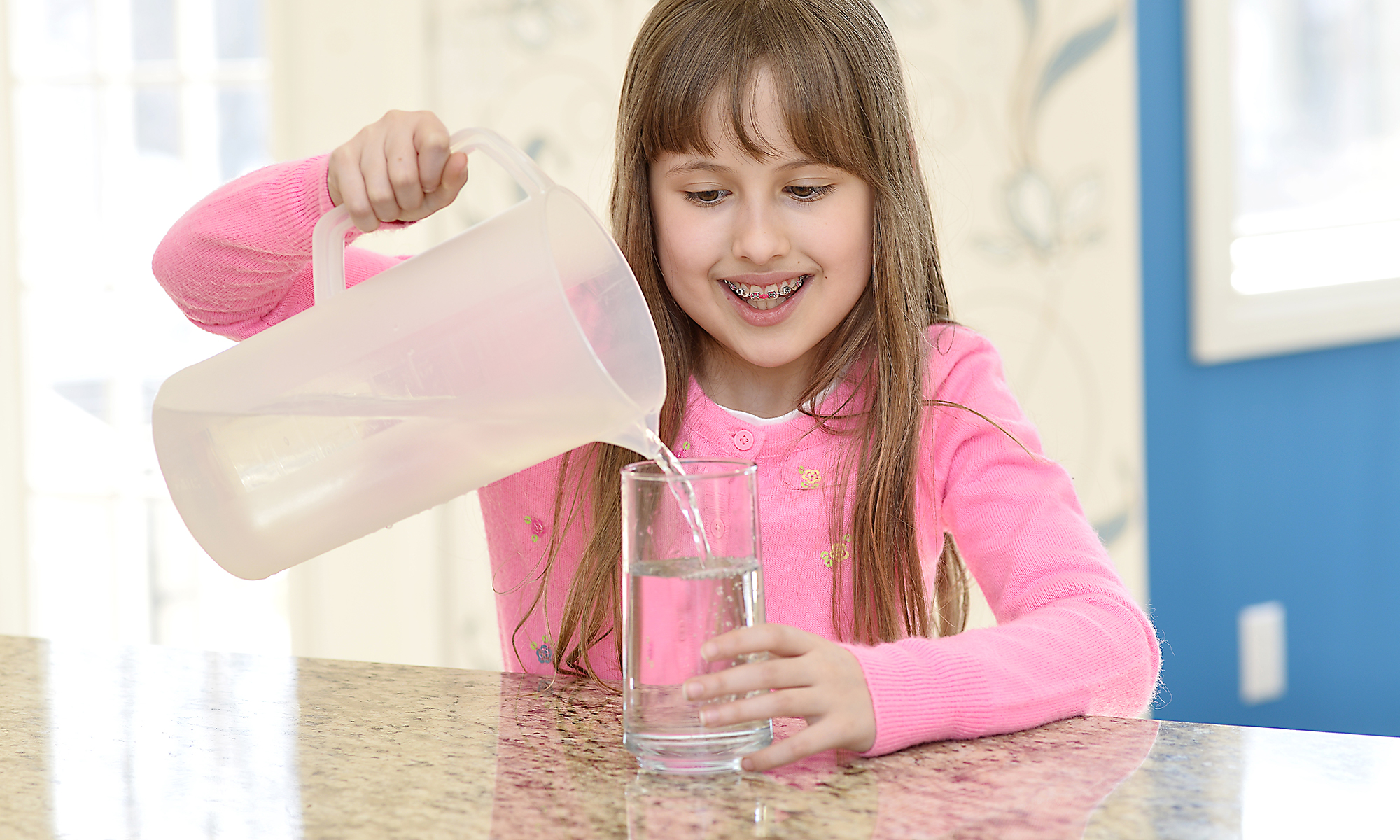Welcome to Keeping Water Clean
You can help to protect local drinking water sources with your positive actions at home and work.
Here are some ways you can help to protect your local supply of clean, safe water:
- Take used engine oil to recycling facilities.
- If you have a septic system, have it inspected and pumped every three to five years.
- If you can reduce quantities, or find alternatives to harmful chemicals, please do so.
- Never dump these things on the ground, down the sink, or in the toilet:
- Paints; thinners; furniture strippers; coolants; cleaners; glues, adhesives; gasoline; oil; diesel; heating fuel; de-greasers; resins; creosote; etc. If it’s something you don’t want in your water then please don’t put it on the ground or down a pipe.
- Dispose properly at hazardous waste days or approved sites.
- If you apply pesticides or fertilizers or nutrients make sure you follow best practices.
- Prevent spills and contain spills. Report spills if they happen to Ontario Spills Action Centre: 1-800-268-6060 or visit this link: Ontario Spills Action Centre Reporting.
- Protect and maintain your private well. Wells provide pathways for contaminants to enter groundwater.
- If you have a well, be sure it is sealed properly and if you own a well you no longer use, have it properly decommissioned by a licensed well technician.
Visit the official source protection region website (sourcewaterinfo.on.ca) for the Maitland Valley and Ausable Bayfield source protection areas to find out more.

